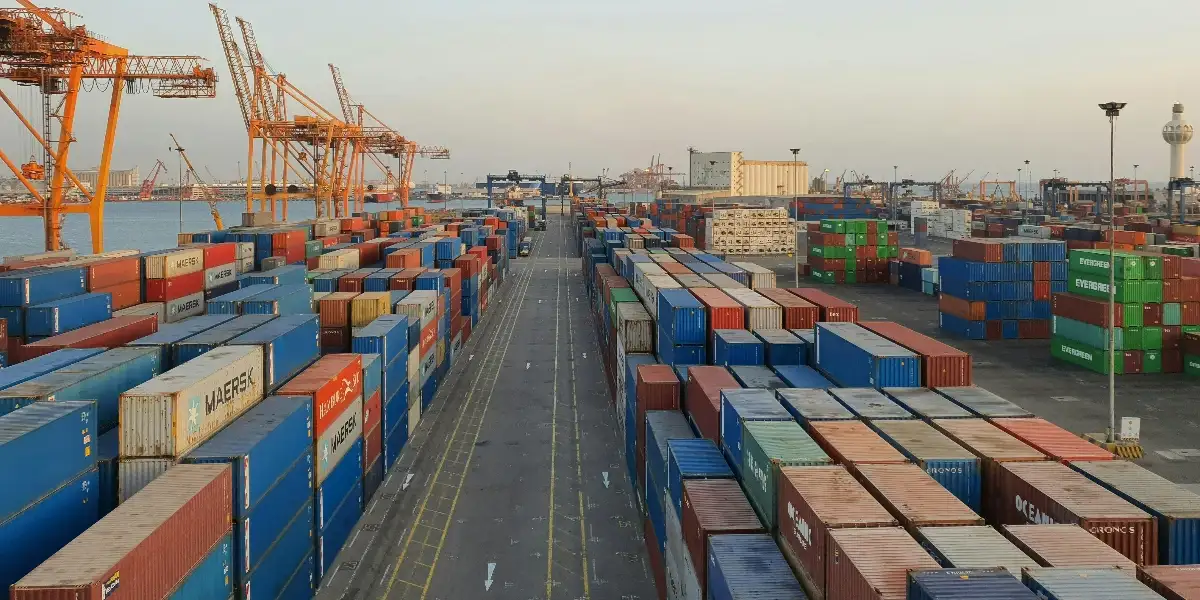JIT (Just-In-Time)
JIT (Just-In-Time) is a logistics strategy that aims to minimize inventory levels by delivering goods exactly when needed, reducing storage costs and improving overall efficiency.
JIT supply chains, or Just-In-Time supply chains, are characterized by an approach where materials and goods are received and utilized precisely when needed in the production process, with minimal inventory storage.
In a JIT supply chain, the focus is on optimizing efficiency, reducing waste, and synchronizing the arrival of materials with the production schedule. This approach requires seamless coordination and communication between suppliers, manufacturers, and distributors to ensure that materials are delivered promptly to meet production demands.
Difference Between Just-In-Time (JIT) and Just-In-Case (JIC) Supply Chains
Just-In-Time and Just-In-Case supply chains represent two contrasting approaches to inventory management and production planning:
- Just-In-Time (JIT)
- Philosophy: JIT is an inventory management strategy that emphasizes receiving and utilizing materials exactly when needed in the production process, without excess inventory.
- Inventory Levels: JIT minimizes inventory levels to reduce holding costs and waste. It aims to synchronize the flow of materials with the production schedule.
- Focus: JIT focuses on operational efficiency, waste reduction, and continuous improvement. It requires precise coordination and communication with suppliers to ensure timely deliveries.
- Just-In-Case (JIC)
- Philosophy: JIC is a more traditional approach where inventory is held as a precautionary measure to address uncertainties and unexpected disruptions.
- Inventory Levels: JIC involves maintaining higher inventory levels to provide a buffer against potential supply chain disruptions, demand fluctuations, or production delays.
- Focus: JIC focuses on risk mitigation. It is seen as a risk-averse strategy, offering a safety net in case of unforeseen events. The goal is to ensure that there is an adequate supply of materials, even in unpredictable situations.
In summary, Just-In-Time is about lean and efficient operations with minimal inventory, while Just-In-Case involves holding more inventory as a safety measure to handle uncertainties. The choice between these strategies depends on factors such as the industry, demand predictability, and tolerance for risk and disruptions.
Also Read: Our Blog with Expert's Notes on JIT Vs JIC Supply Chains







